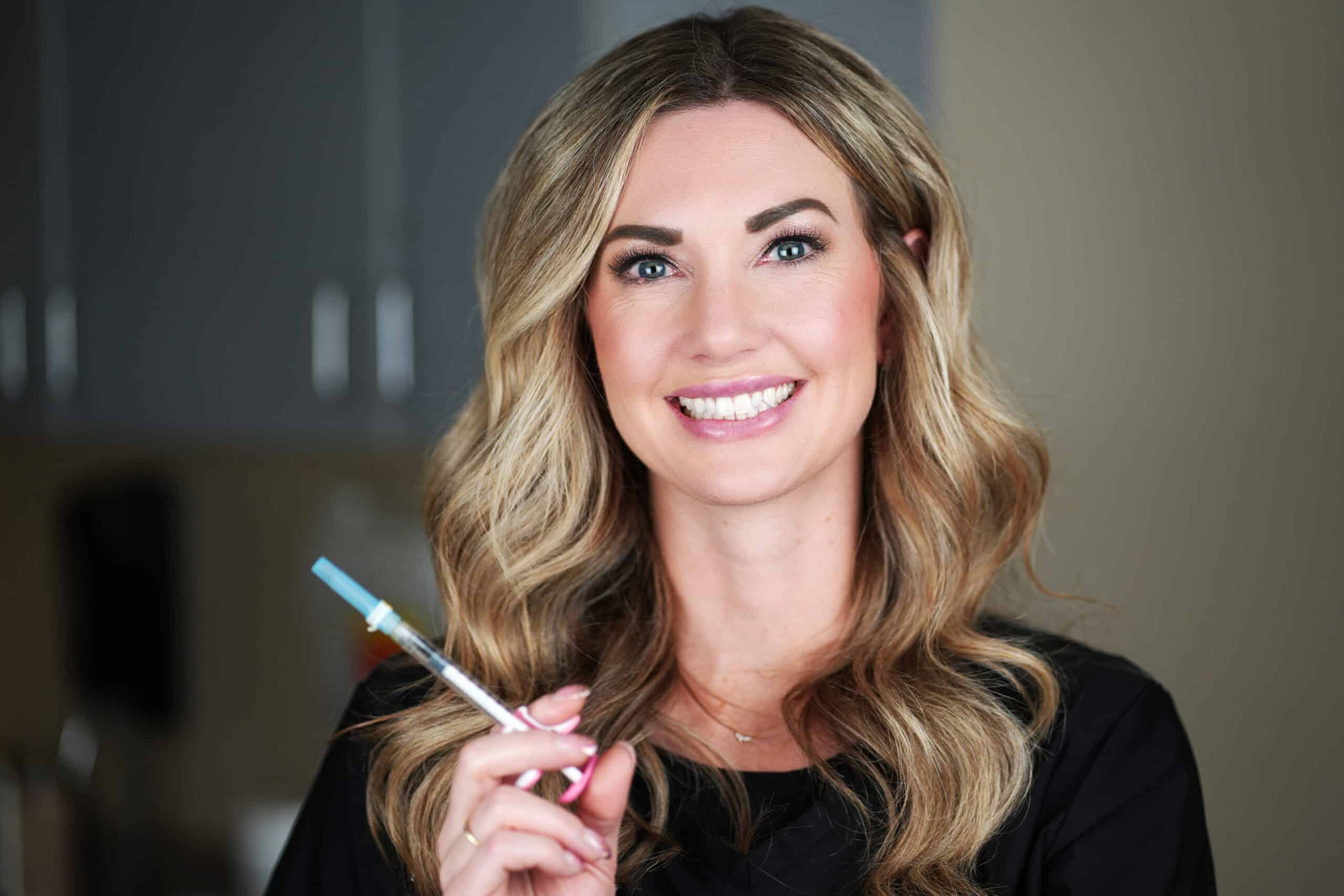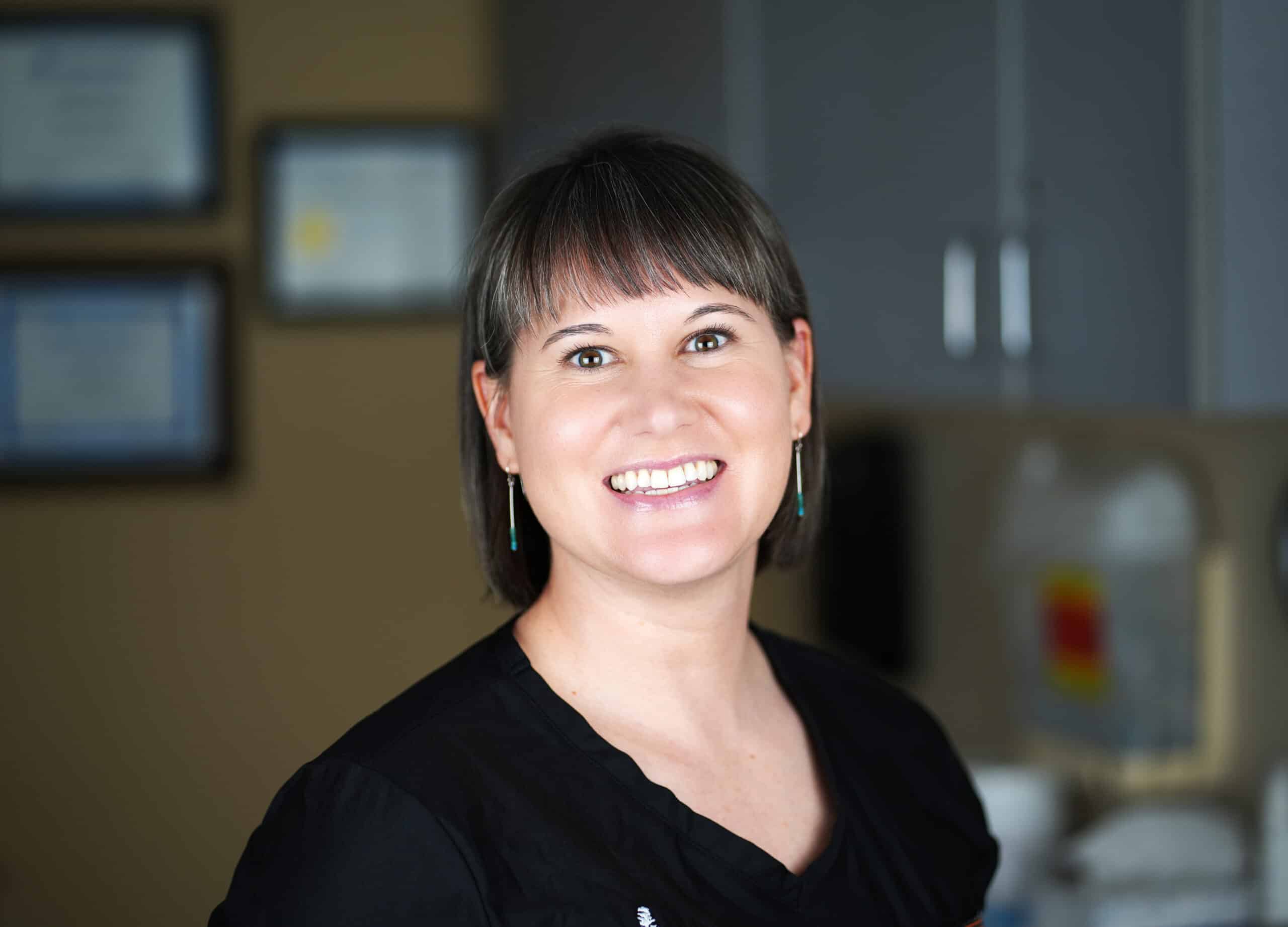
Breast reduction surgery—technically called reduction mammoplasty—is often thought of as a cosmetic procedure. While it can certainly enhance proportions and self-image, it is equally, if not more important to view it as a functional surgery with wide-ranging health benefits. For many patients, it’s about relief from years of physical discomfort, improved mobility, and a better quality of life.
According to the American Society of Plastic Surgeons, breast reduction is consistently among the highest-rated procedures for patient satisfaction, with dramatic improvements in physical, psychosocial, and sexual well-being documented in validated patient surveys. In many cases, it is even covered by insurance when symptoms are documented and conservative treatments have failed.
Understanding Breast Reduction Surgery
Breast reduction involves removing excess breast tissue, fat, and skin to achieve a smaller, more proportional size. Techniques vary, but the primary goals are to:
- Relieve musculoskeletal strain
- Restore balanced proportions
- Improve breast symmetry and position
- Maintain or restore nipple-areolar complex sensation when possible
A long-term follow-up study found that over 95% of patients were satisfied with their results and would choose to undergo the surgery again, regardless of the amount of tissue removed.
- Relief from Chronic Pain
Neck, back, and shoulder pain are among the most common reasons patients seek breast reduction. Large, heavy breasts shift the center of gravity forward, placing continuous strain on the cervical and thoracic spine, trapezius muscles, and shoulder joints.
A prospective study in Plastic and Reconstructive Surgery found that 91% of patients reported complete or significant pain relief within three months post-op, with sustained results at one year. This improvement was linked to measurable decreases in spinal curvature and musculoskeletal loading.
- Reduction in Skin Irritation and Rashes
Excessive breast weight and skin-on-skin contact can cause intertrigo—a persistent rash in the inframammary fold caused by trapped moisture and friction. This can lead to bacterial or fungal infections, chafing, and persistent discomfort.
Following breast reduction, most patients report complete resolution of these issues, particularly during warmer months or after physical activity.
- Improved Breathing and Posture
Large breasts can compress the chest wall and pull the shoulders forward, restricting lung expansion and contributing to poor posture. A spirometry study published in the Annals of Plastic Surgery demonstrated measurable improvements in pulmonary function tests after breast reduction, particularly in forced vital capacity (FVC). Greater tissue removal correlated with greater functional gains.
Improved posture also helps prevent secondary problems such as tension headaches and bra strap grooving.
- Enhanced Physical Activity
Many women with macromastia (excessively large breasts) find exercise challenging or even painful. Running, jumping, or high-impact workouts can cause significant discomfort—even with supportive sports bras.
A study from NewYork-Presbyterian showed that even smaller breast reductions (≤500 g per breast) led to meaningful pain relief and a return to activities like sports, yoga, and swimming. This increased mobility often leads to cascading benefits: improved cardiovascular fitness, weight management, and better mental health.
- Mental and Emotional Well-being
The psychological benefits of breast reduction are well-documented. Large breasts can be a source of unwanted attention, self-consciousness, and clothing limitations.
In one survey published in Aesthetic Surgery Journal, over 95% of patients reported increased self-esteem and body image satisfaction after surgery, with dramatic improvements seen as early as six weeks post-op using the BREAST-Q assessment tool.
- Relief from Nerve Symptoms
Heavy breasts can cause brachial plexus compression—pressure on the network of nerves that sends signals from the spine to the shoulder, arm, and hand. This can lead to numbness, tingling, or burning sensations in the arms and hands.
By reducing weight and improving posture, breast reduction can relieve this nerve compression, restoring normal sensation and function.
- Long-Term Health Benefits
While the immediate effects are clear, there are also long-term preventative benefits, including:
- Reduced risk of spinal degeneration due to improved biomechanics
- Lowered frequency of tension headaches caused by neck strain
- Improved sleep quality due to reduced discomfort when lying on the back or stomach
- Prevention of worsening postural deformities such as kyphosis
The Recovery Process
Recovery from breast reduction typically involves:
- Initial downtime: 1–2 weeks for light activities
- Avoiding strenuous exercise: usually 4–6 weeks
- Scar maturation: scars generally fade over 12–18 months
Modern surgical techniques aim to preserve sensation and minimize visible scarring, with most patients finding the trade-off more than worth the functional gains.
Is Breast Reduction Right for You?
You might be a candidate if you experience:
- Persistent neck, back, or shoulder pain
- Shoulder grooving from bra straps
- Recurrent rashes under the breasts
- Difficulty with physical activity
- Emotional distress related to breast size
During a consultation, your surgeon will evaluate your breast size, tissue composition, and overall health, and discuss expectations for both aesthetic and functional results.
Bottom Line
Breast reduction is not just about looking better—it’s about feeling better. It can relieve pain, improve posture, make exercise possible, resolve chronic skin issues, and dramatically improve quality of life.
For many women, it’s a medically necessary procedure with far-reaching physical, emotional, and long-term preventative health benefits.
Author Profile: Brian Cripe, M.D., is an award-winning, board-eligible plastic and reconstructive surgeon and Plastic Surgeons of Northern Arizona partner. Dr. Cripe specializes in cosmetic surgery, limb salvage, peripheral nerve microsurgery, hand surgery, and oncologic reconstructive procedures. He has performed over 6,000 surgical cases during his 10-year tenure as a surgeon.



